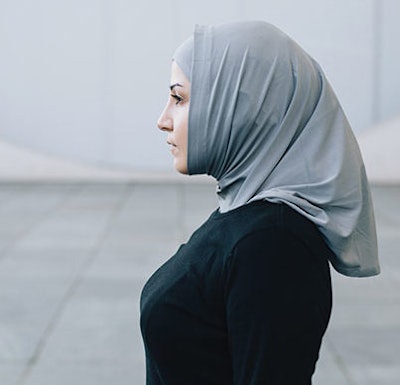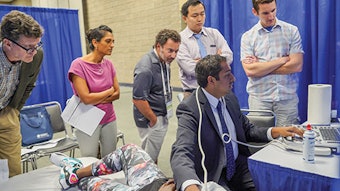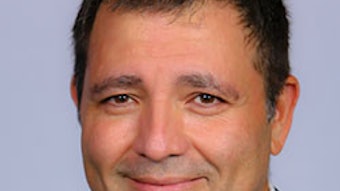Out of Committee: Diversity – Hijabs and the head and neck physical exam
A 28-year-old female patient presents with a history of a progressively enlarging neck mass over the course of a few months. The lesion is causing her to have some difficulties in swallowing. She was examined and diagnosed with an enlarged thyroid gland by her female family physician and hence was referred on to you, a male, for surgical evaluation.
Ahmed Alsayed, MD
For the Diversity and Inclusion Committee

A 28-year-old female patient presents with a history of a progressively enlarging neck mass over the course of a few months. The lesion is causing her to have some difficulties in swallowing. She was examined and diagnosed with an enlarged thyroid gland by her female family physician and hence was referred on to you, a male, for surgical evaluation. However, physical examination during her visit is not possible due to the fact that the patient is wearing a hijab covering her head and neck. The patient appears anxious. She expresses her concern about the lesion but is reluctant to take off her hijab in the presence of male practitioners. She identifies herself as devout Muslim and asks if it is possible to be examined by a female healthcare professional.
Discussion
A hijab is a headscarf worn volitionally in most instances by Muslim women in the presence of any male outside their immediate family. It is worn as part of the Islamic rules of modesty. It usually covers the head, neck, and chest. However, just like in any other religion, Muslims vary in their interpretation and adherence to their religious beliefs. While many would forgo the need to wear the hijab during the exam when a medical reason to remove it is present, a minority would prefer to exhaust all other possible options, including being examined by a female healthcare provider or presenting a picture of the lesion as a substitute for the medical exam. Often, a small number of patients do not fully appreciate the pathology of their condition or the implications of treatment, hence their reluctance to take off their hijab. Once the pathology and the treatment plan are clearly communicated and the need for exposing the area fully understood, most patients will agree to allow the examination to proceed. For these patients, exposing only the area that is affected can help to put patients at ease and establish rapport.
Indeed, as is the case with any patient, establishing a patient-physician relationship is of utmost importance. By simply explaining what needs to be done and inquiring about what makes the patient feel comfortable during the exam, sensitivity to the patient’s need is expressed. In an ethnically diverse society such as the United States and many other countries, encountering a Muslim wearing a hijab is common. It is critical to not only understand its significance to Muslims, but also to express cultural sensitivity while providing them with medical care.










